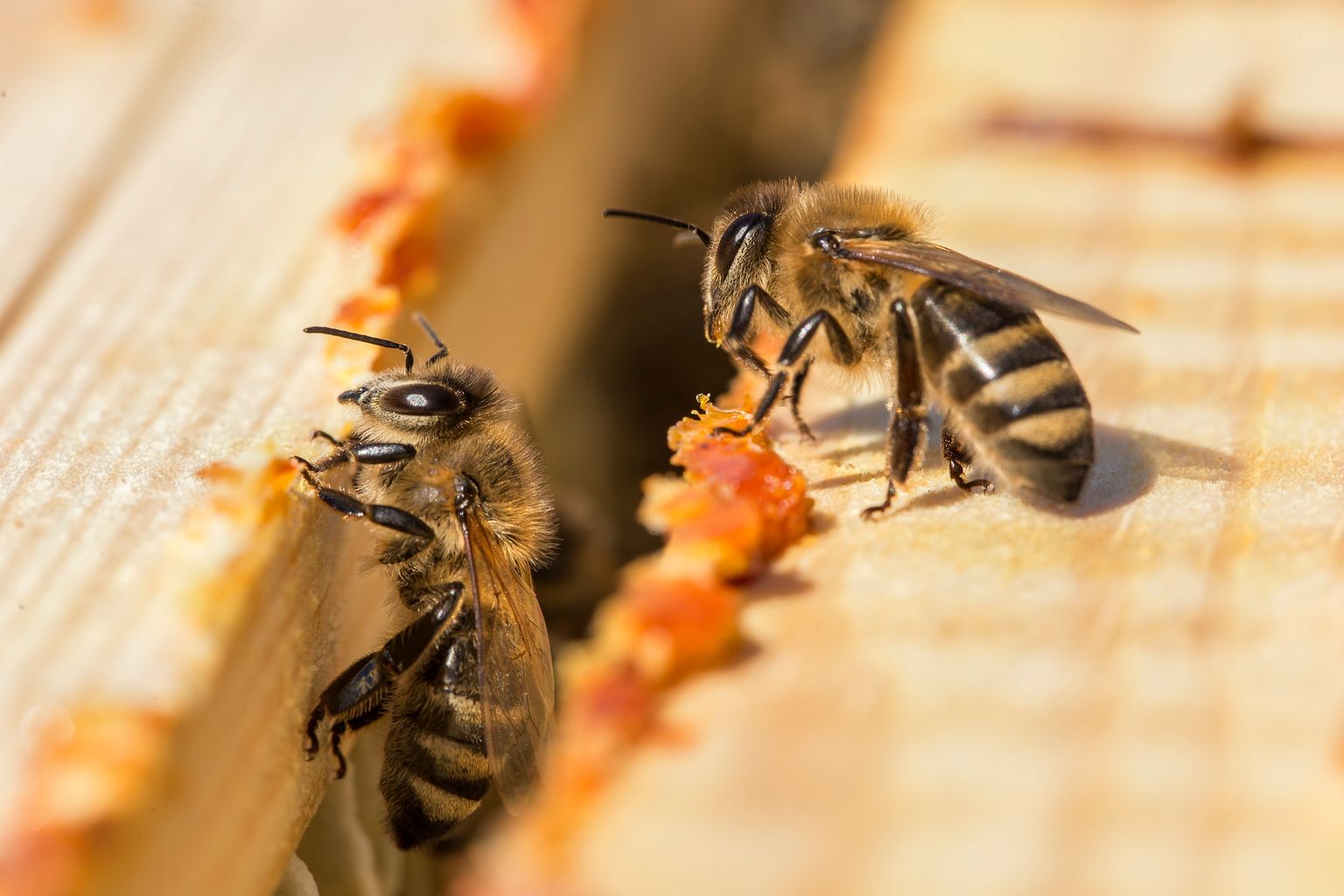Gum inflammation due to teeth whitening:
Both older and younger people can undergo teeth whitening. This is to lighten the color of the dentes (i.e. teeth). Despite increasing popularity of bleaching (i.e. teeth whitening), this method has certain adverse effects on teeth, oral mucosa and restorative materials, such as irritation of gingiva (i.e. gum irritation). These local side effects are related to the technique used by the practitioner and the concentration of the tooth whitening agent. In most cases, the gingival irritation caused by bleaching is short-lived and heals as soon as the patient discontinues the use of the bleaching agent. In addition to over-the-counter self-application methods that are available on the market, medical professionals offer several types of teeth whitening treatments:
- In-office whitening: the whitening agent is applied directly to the affected teeth by the treating person and remains on that area for a specific period of time under the control of the dentist, according to the application instructions.
- Home bleaching: An individual plastic tray is made for the patient. The bleaching agent is then applied to the tray at home and checked weekly by the dentist.
- Internal bleaching: In this method, root-treated teeth are whitened by means of peroxide-containing inlays inside the teeth. The applied gel remains in the tooth for several days.
Studies have shown that gum irritation is more common with in-office bleaching, although home bleaching using over-the-counter products can also cause such irritation - but there is no evidence of long-term effects of irritation. Despite the use of teeth whitening products by formally trained dentists, some amount of gingival irritation is inevitable. Gingival irritation is one of the chemical burns caused by the hydrogen peroxide contained in tooth whitening products. An active ingredient for the treatment of irritation caused by this is not yet available.
Bee miracle propolis:
Propolis is a resinous material that bees collect from various plant species. It is said to have antibiotic, antiviral and antifungal properties and is used in folk medicine, especially in Europe. It is also used in the Middle East as a traditional treatment for oral inflammation such as stomatitis ( i.e. inflammation of the oral mucosa). Propolis extract contains a variety of constituents, such as flavonoids and phenolic acids. In particular, the flavonoid pinocembrin isthought to be responsible for inhibiting oral mucosal infection by Candida fungi and caries-causing streptococci (i.e. bacteria). Such flavonoids are thought to be the main ingredient for the anti-inflammatory effects of propolis.
Notice:
One study referenced in the article involves an animal study. If you are sensitive to such studies, feel free to explore other of our many articles without such study methods. Medikamio does not support unethical animal farming of any kind. Studies that involve animal testing are only edited from an objective and substantive standpoint in our articles and referenced as sources, provided they also comply with local law.
Study Method:
Here, the study published in the Journal of Oral Biosciences in March 2021 examined the effects of propolis on experimentally induced gum irritation in young and old mice. The propolis effect on younger and older human gingival fibroblast cultures stimulated in hydrogen peroxide was also investigated. Fibroblasts are resident, specific cells responsible for building connective tissue and healing wounds.
Mice were kept in a climate-controlled, closely monitored room at the National Center for Geriatrics and Gerontology in Japan and fed with laboratory pellets and water ad libitum. The study was conducted in accordance with the current version of the Law on Animal Welfare and Husbandry in Japan.
In the study, gum irritation caused by mild burn injuries to the oral mucosa was mimicked in 10-week-old and 18-month-old mice. Subsequently, propolis ointment was administered to the burn area immediately afterwards. After one day, oral mucosa was collected to determine the efficacy of propolis by a hematoxylin and eosin staining procedure (i.e., facilitates the diagnosis of pathological changes) and by real-time polymerase chain reaction, or PCR (i.e., to study the genetic material). The mice were divided into three groups:
- Control group with four mice
- Irritation group with six mice
- Propolis and irritation group with six mice
In the two irritation groups, a 2.5% propolis ointment was applied to the oral mucosa of the upper palate under anesthetic effect immediately after the five-second heat treatment. Already on the first day, the treatment induced gingival irritation, which was visually assessed. The control group was anesthetized with pentobarbital sodium, and the mice were not subjected to heat treatment. The body weight of the mice was measured throughout the experimental period.
Possible propolis effect:
Oral mucosa with irritation was discolored white when analyzed. Twenty-four hours after heat treatment, the total area of white color change, ulceration, and detachment of the top cell layer (i.e., epidermis) was measured in each study group.
External application of propolis ointment thereby reduced the invasion of pro-inflammatory cells at irritated sites and promoted repair of the uppermost oral mucosal layer in young and old mice. Human gingival fibroblasts also showed improvements in irritation. Application of propolis ointment immediately after heat treatment resulted in disappearance of white color change in the oral mucosa, healing of the uppermost mucosal layer and significant reduction in the area of injury in mice of both age groups.
Conclusion:
Due to wound healing properties by supporting epithelial growth in oral mucosa and attenuating effect on burn sites, externally applied propolis could possess anti-inflammatory and wound healing effects. Since heat treatment has been used as a substitute for hydrogen peroxide-induced oral mucosal irritation, treatment with propolis could potentially be effective for gingival irritation caused by tooth whitening. Widespread clinical use of propolis in tooth whitening methods is a possible future possibility if further research further investigates the inflammatory factors and effects of propolis.
Active Ingredients:






